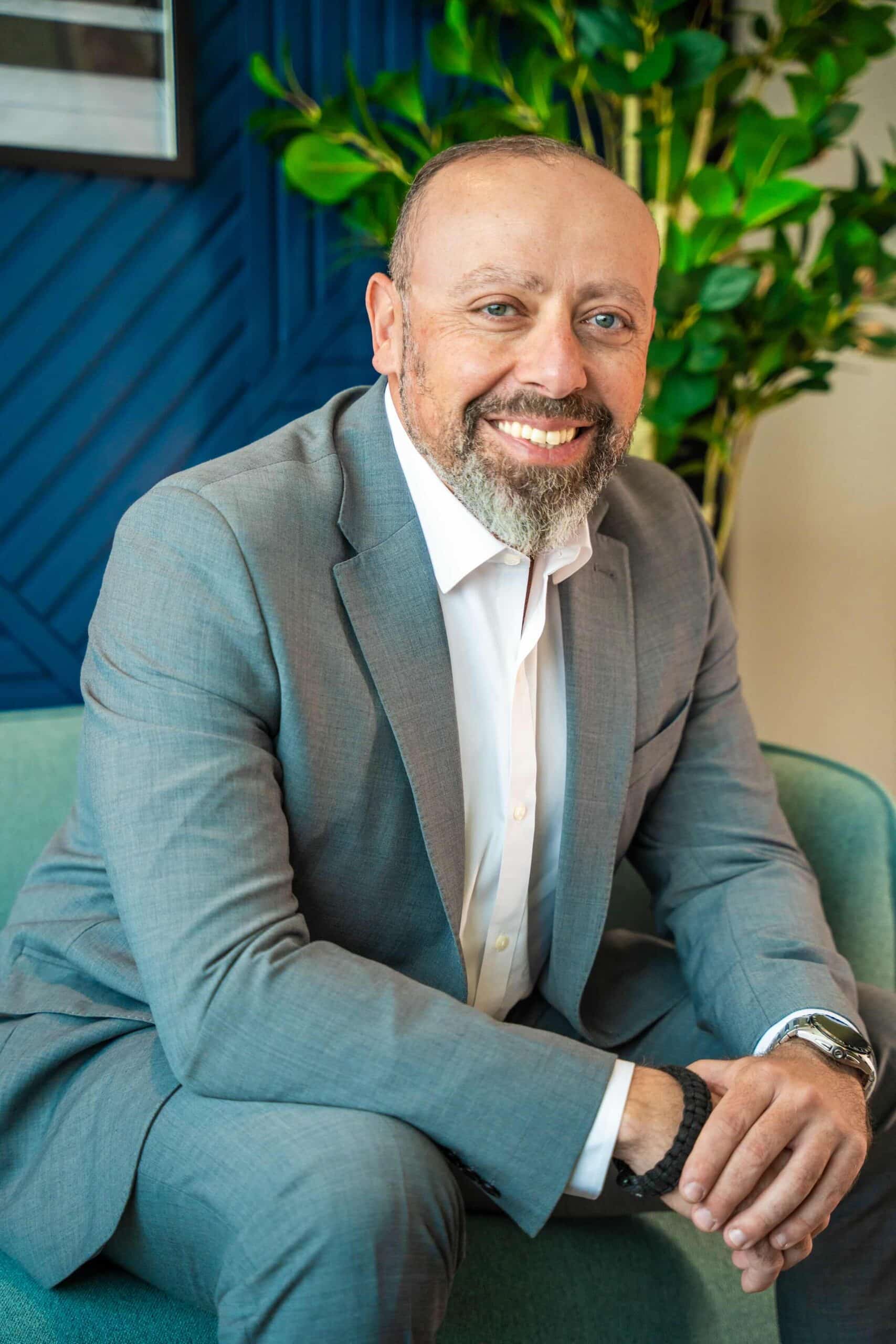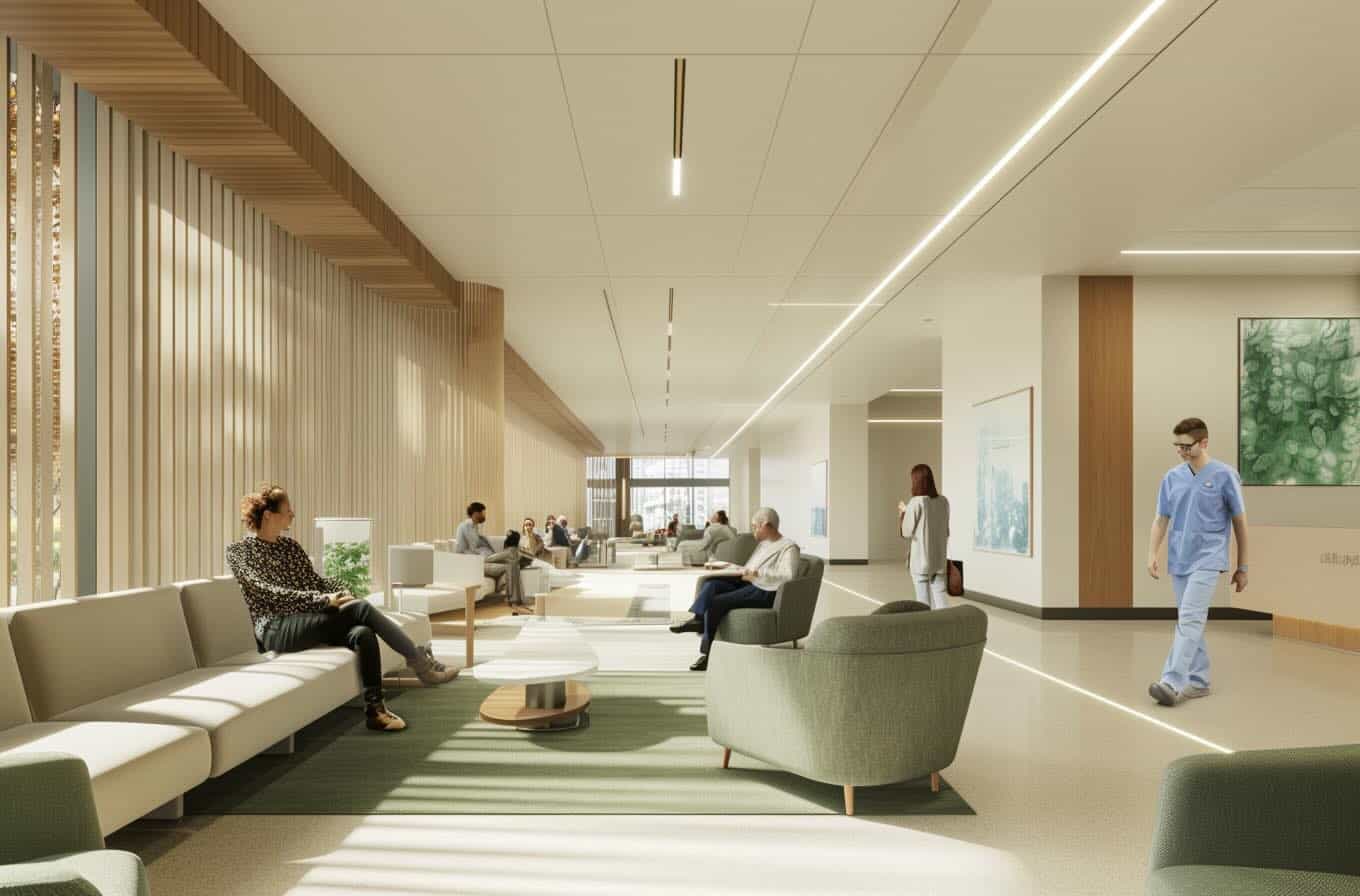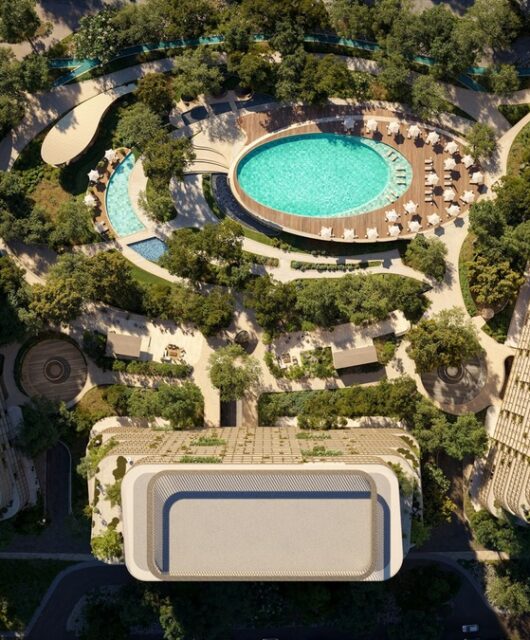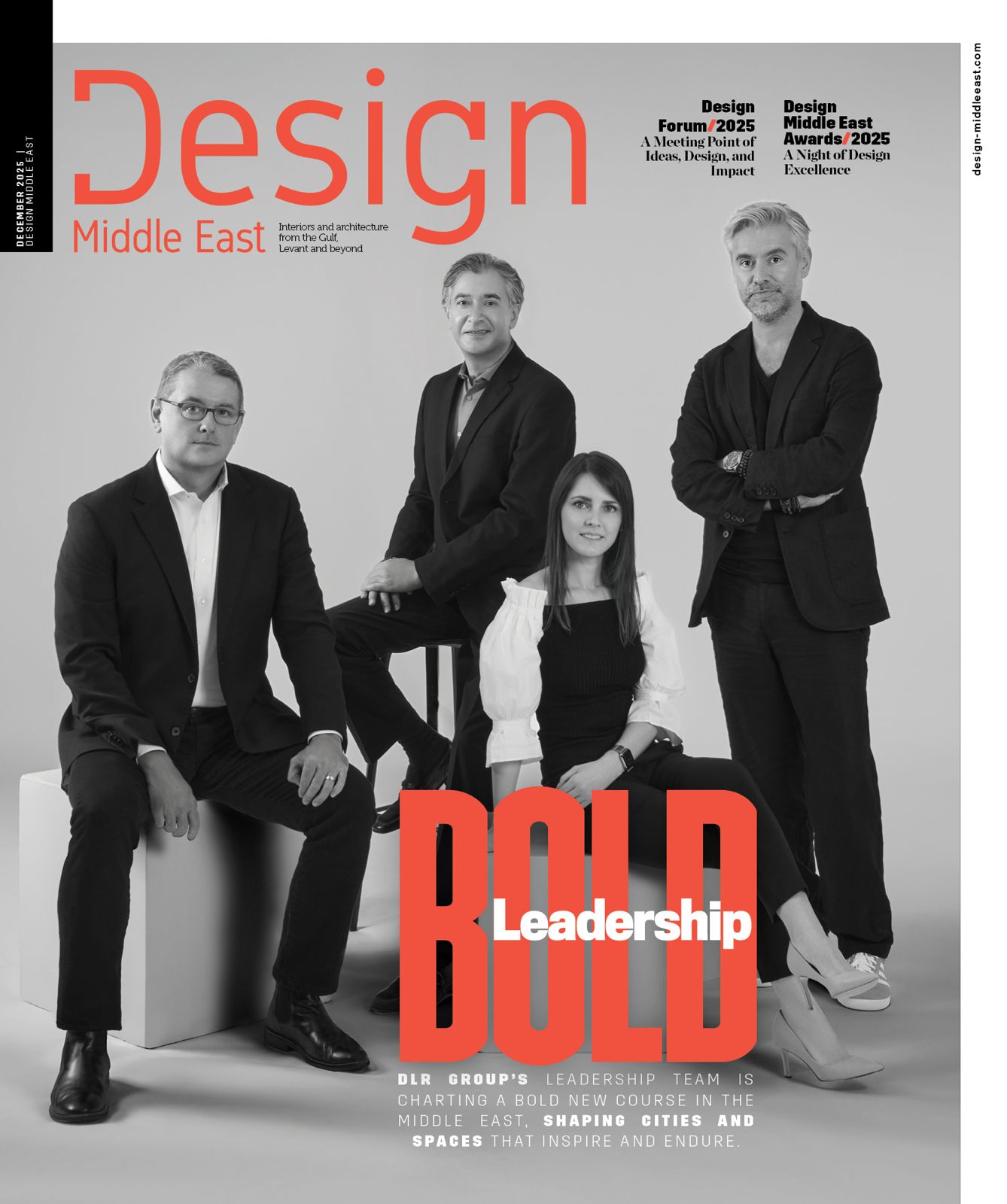
Amir H. Greiss, the Founder and CEO of SharpMinds, emphasises the importance of Human-Centered Designs in their approach. SharpMinds, as UAE’s newest bespoke engineering & architecture firm, prioritises creating solutions that directly cater to the needs and experiences of people.
In recent years, architecture has shifted away from an emphasis on aesthetics and practicality and towards a more fundamental, human-centric approach. This revolutionary perspective, known as Human-Centered Design (HCD), changes the way spaces are designed by focussing on the well-being and experiences of those who live in them.
Human-Centered Design in architecture is not just about creating functional spaces; it’s about enhancing the quality of life for everyone. By prioritising inclusivity, accessibility, and comfort, this approach ensures that buildings are efficient and nurturing environments that cater to the needs of all users. This philosophy is crucial, particularly as our world becomes increasingly urbanised and reliant on technological interfaces, making the need for comfortable and sustainable living environments more pronounced than ever.
At the core of HCD is acknowledging that our surroundings significantly influence our health, mood, and overall productivity. Urban planning, therefore, incorporates features that encourage physical activity and community interaction, such as walkable streets, bicycle paths, and accessible public transportation. Similarly, integrating green spaces within urban settings elevates the aesthetic value of these areas. It is critical in improving air quality and providing essential recreational zones that bolster physical and mental health.
The principles of Human-Centered Design extend deeply into healthcare architecture as well. Medical facilities designed with HCD principles do more than serve functional purposes; they create environments that promote healing and comfort for patients, families, and healthcare staff. Natural lighting and indoor greenery can significantly reduce stress and enhance recovery rates. Moreover, Thoughtful Design in patient rooms, waiting areas, and staff quarters can dramatically improve the care experience by addressing privacy, stress levels, and overall comfort.

Dubai’s ‘Quality of Life Strategy 2033′ is an exemplary application of HCD. This ambitious initiative aims to transform urban living by creating well-being districts and developing a new generation of parks under the ’20-minute city’ concept, where essential services are just a short journey away. The strategy also includes the redevelopment of infrastructure to enhance accessibility and safety, promoting a high-quality urban life that supports both physical and social well-being.
As we look towards the future, the role of Human-Centered Design in shaping our urban and healthcare environments becomes increasingly crucial. Cities and healthcare institutions that embrace this approach are likely to see not only improved health outcomes but also stronger community ties and a greater overall quality of life for their residents. This shift towards a more human-centric architecture is not just a response to global challenges such as urbanisation, climate change, and demographic shifts but a beacon of hope, inspiring architects, urban planners, healthcare professionals, and policymakers to envision and create a better world.

As the UAE continues to enhance its infrastructure and shape iconic urban landscapes, SharpMinds Consulting Engineers stands at the forefront of this transformation. Renowned for their groundbreaking contributions to engineering and architectural Design, SharpMinds delivers solutions that push the boundaries of what’s possible in construction and aesthetics.







